Art and literature have always shared a deep connection, each inspiring the other to new heights of creativity. In our latest life drawing class, we decided to blend these two worlds by drawing inspiration from one of Shakespeare’s most iconic tragedies: Macbeth. The result? A captivating session that brought the drama, emotion, and intensity of the play to life through the strokes of a pencil.
The Concept: Shakespeare Meets Sketching
Macbeth is a story of ambition, power, betrayal, and madness—a treasure trove of dramatic themes and vivid imagery. Our goal was to channel these elements into a life drawing class that would challenge participants to think beyond the traditional and infuse their artwork with storytelling and emotion.
We recreated scenes and characters from the play, using costumes, props, and dramatic lighting to set the stage. From the brooding figure of Macbeth to the haunting presence of the three witches, our models embodied the essence of Shakespeare’s characters, providing endless inspiration for the artists in the room.
The Session: Drama in Every Stroke
The class began with a brief introduction to Macbeth, highlighting key themes and moments that would guide the drawing exercises. Participants were encouraged to think about how they could convey emotion, tension, and narrative through their sketches.


































